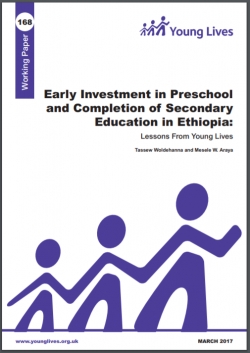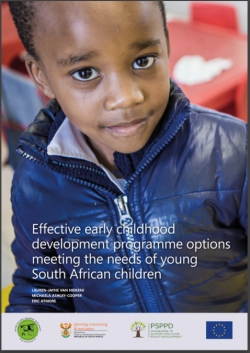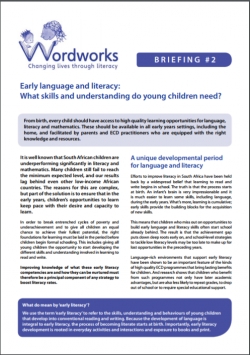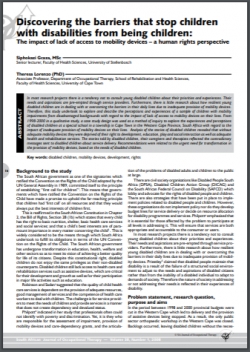Young Lives Working Paper 168 Early investment in preschool and completion of secondary education in Ethiopia: lessons from young lives

Buy online ($)
Type
E-Book
Authors
ISBN 13
9781909403895
Category
ECCE
[ Browse Items ]
Publication Year
2017
Publisher
URL
[ private ]
Pages
36 p.
Subject
Early childhood education, Preschool education, Urban children, Academic success, Secondary education, Educational inequality, Poverty, Government role, Government funding,
Tags
Series Name
Abstract
Investments in early childhood education are believed to be critical in forming the foundation for life-long learning and providing children with the opportunity to reach their full potential. This is because early childhood is a crucial phase of growth and development, where early circumstances can influence outcomes across the entire course of an individual’s life. Despite the plethora of studies in high-income countries, little is known about the long-term contributions of early childhood investment in low-income countries. To the best of our knowledge, there is no longitudinal study in Ethiopia that has looked at the contribution of preschool education beyond primary school-aged children. The study that this working paper reports on aimed to fill this research gap by using longitudinal data from Young Lives in Ethiopia to look at the long-term estimates of early childhood education on successful completion of secondary education and the chance of transitioning to institutions of higher learning. As the data showed a huge divide in preschool access between urban and rural children, we used only the urban sample in our logit models. Findings indicate that urban preschool children are 25.7 per cent more likely to complete secondary education than their non-preschool counterparts at the proper age. The marginal returns are higher for those who attended preschool for two and three years than those who only attended for one year. In particular, those who attended for three years have a higher probability of transitioning to higher education at the age of 18. Overall, the findings suggest that a significant part of children’s educational inequalities at later ages are explained by the level of early childhood investment. In spite of such significance, public investment to this subsector of the education system is meagre, relative to the other subsectors. Based on the current preschool landscape of Ethiopia, only a quarter of the 7.4 million preschool-aged children – mainly from better-off families and urban areas – are able to make their way to this vital learning stage. Most children simply begin primary school without any exposure and consequently face considerable difficulties on their educational pathways in completing secondary education and transitioning to institutions of higher learning. The analysis suggests that if the aim is to reduce educational inequality among future generations and to be able to conquer poverty in the years ahead, equalising the quality of early education, with two to three years of preschool exposure for both urban and rural children aged 4 to 6 years old, will remain an essential educational policy for Ethiopia.
Number of Copies
1
| Library | Accession No | Call No | Copy No | Edition | Location | Availability |
|---|---|---|---|---|---|---|
| Main | 146 | 1 | Yes |




